Lübeck was the capital of the Hanseatic League and a central hub around the Baltic Sea. Today, it is part of the UNESCO world heritage, being the most visited city in the state of Schleswig-Holstein.
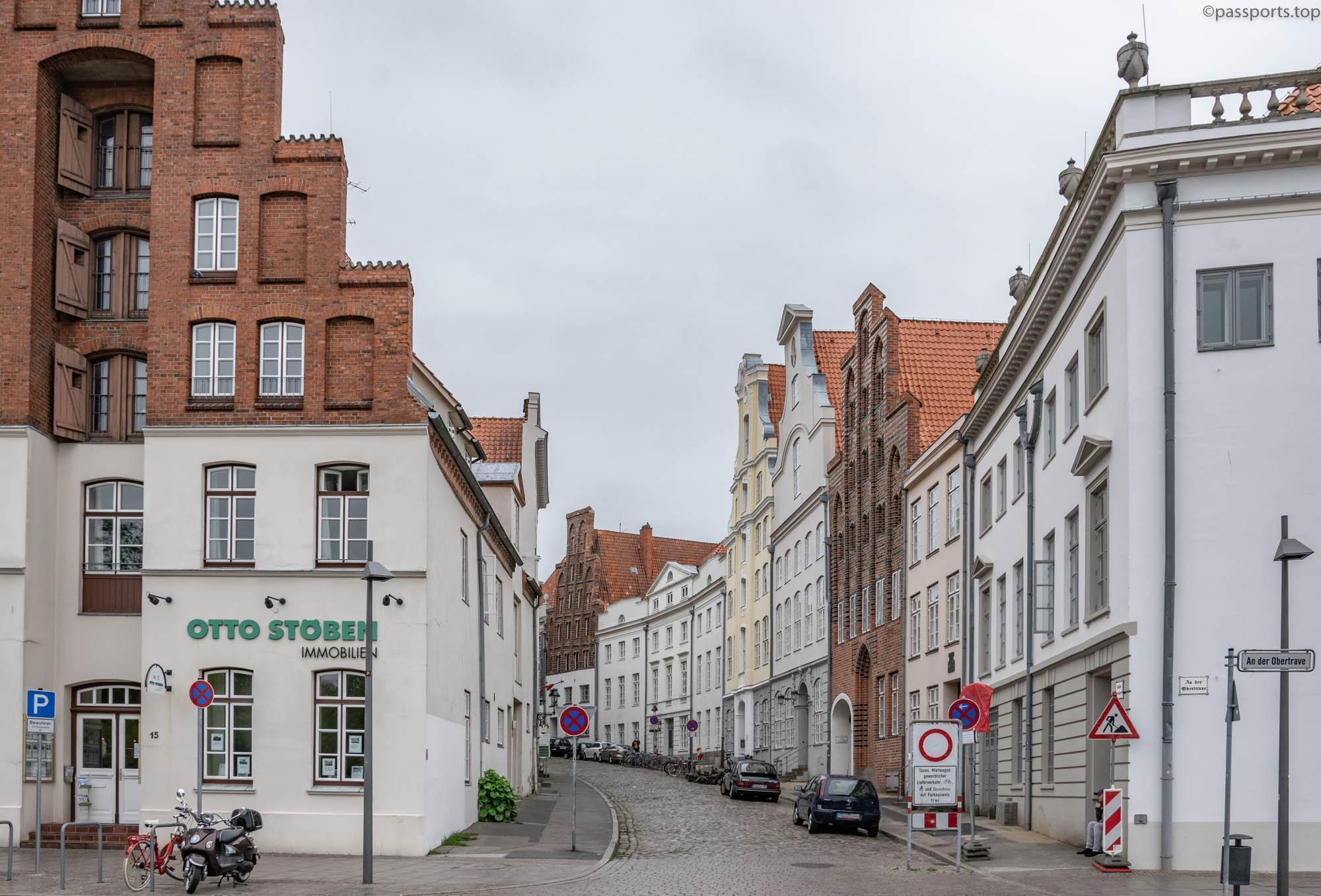
The old city center is Germany’s largest historic center with over 100 hectares of streets full of architecture and history. The buildings built in the 13th century are still inhabited, and the narrow streets, paved in a medieval spirit, are lined with cafes, terrace shops and restaurants.
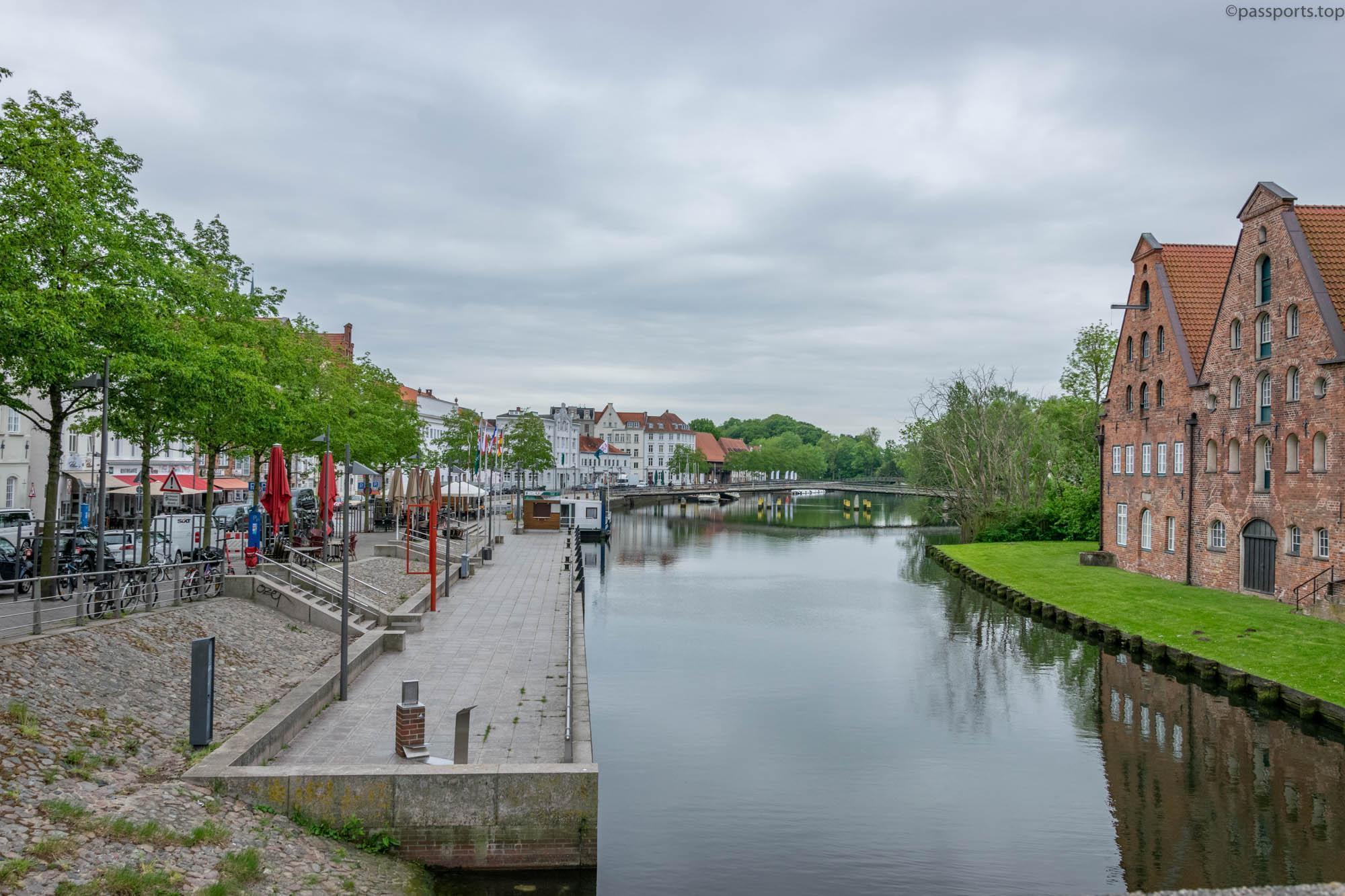
The weather didn’t cooperate with us, so we just took a walk through the old center, with the idea that on our next visit we will discover the city at our leisure. Below, I leave you a list of what we visited, a small part compared to what the wonderful Lübeck has to offer.
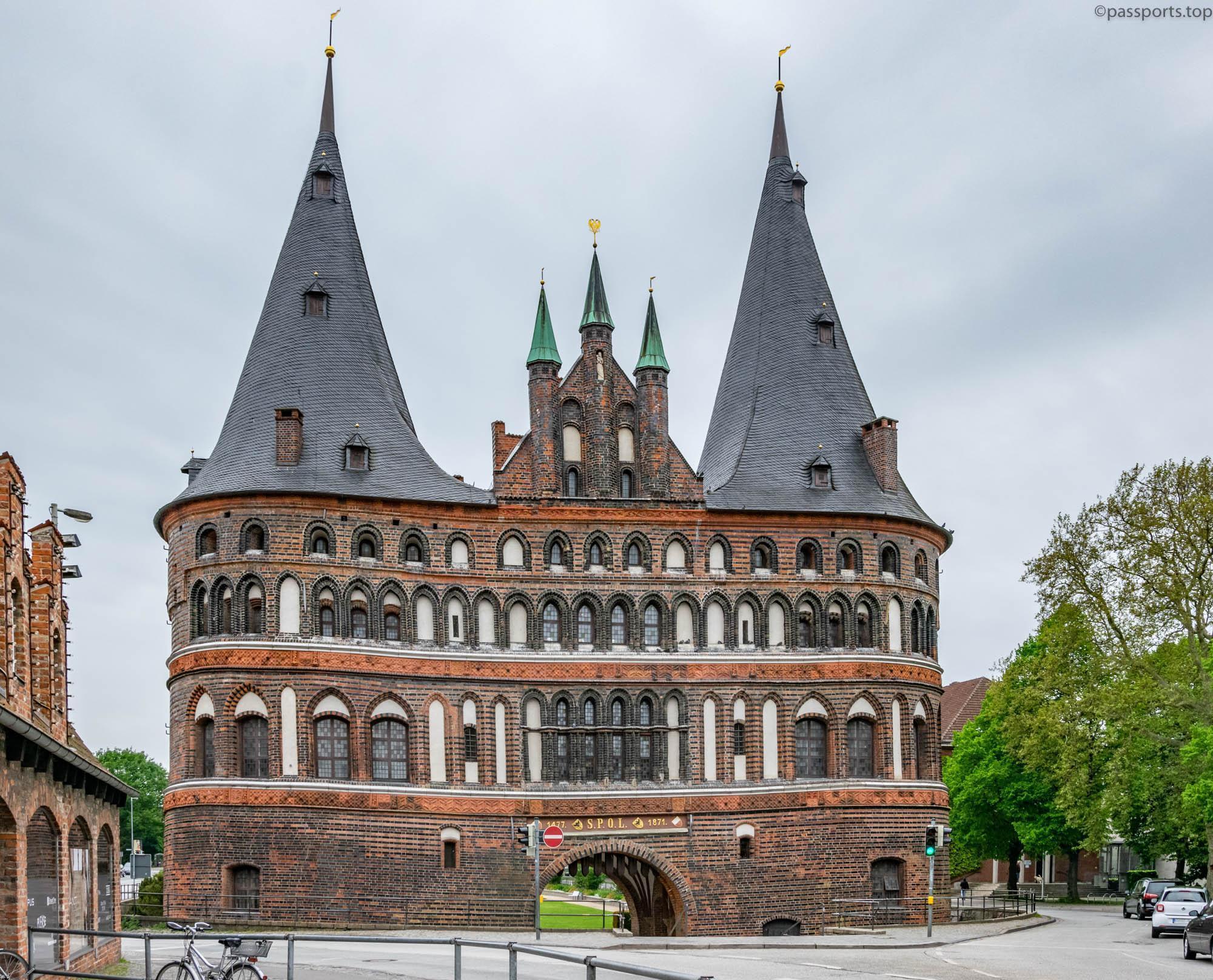
The Holstentor guards the western entrance to the old town and is a well-known landmark throughout Germany. The Gothic-style gate was built in 1464 and today houses a small museum that presents the history of Lübeck as a Hanseatic city (price: €8/person). In medieval times, Lübeck was considered to be an important city and owes its success to merchants. The Holsten Gate became the proud symbol of Lübeck – as a free imperial city.

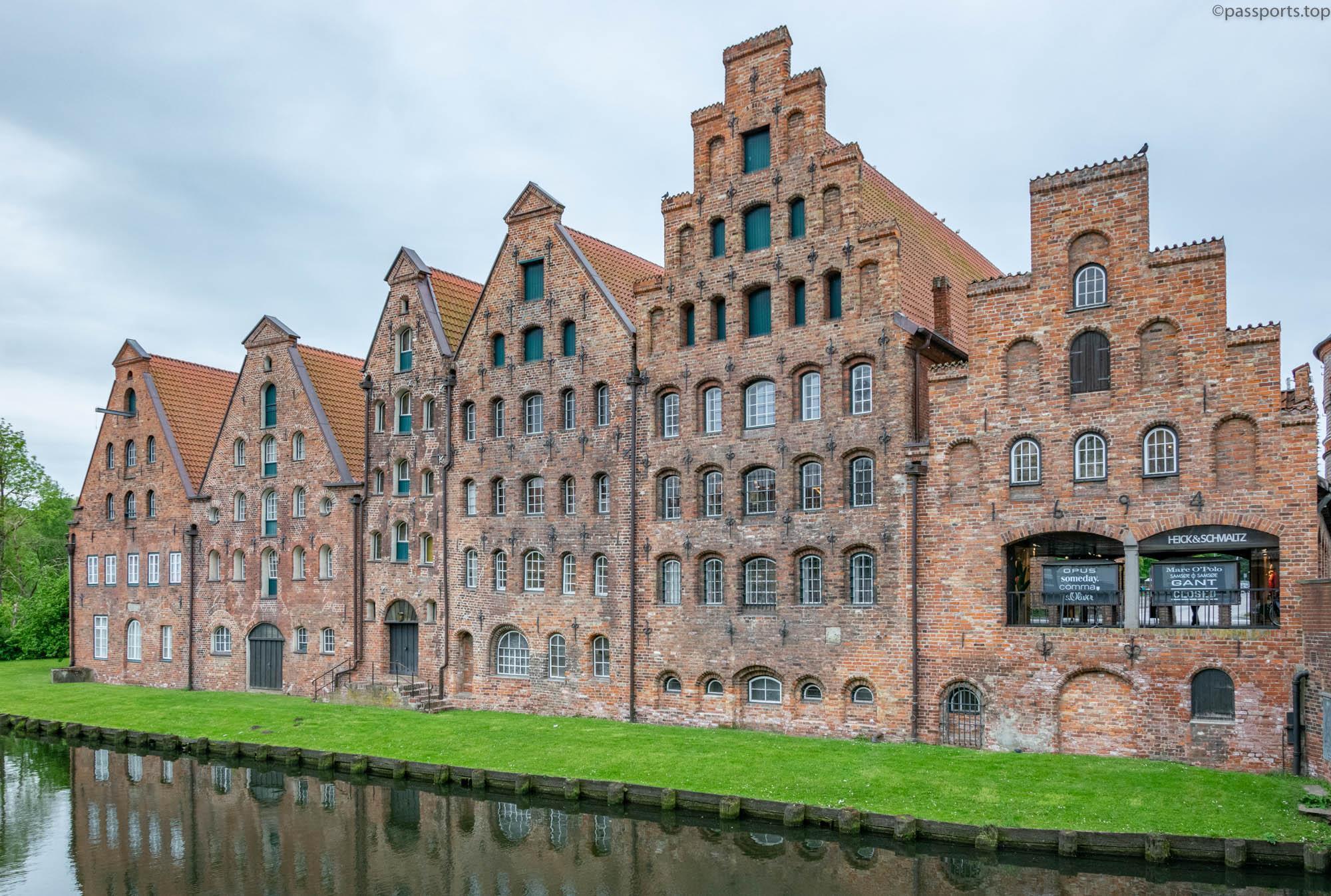
The salt warehouses (Die Salzspeicher) are located near the Holstentor and were built between 1579 and 1745 as a group of brick warehouses in the Renaissance style.
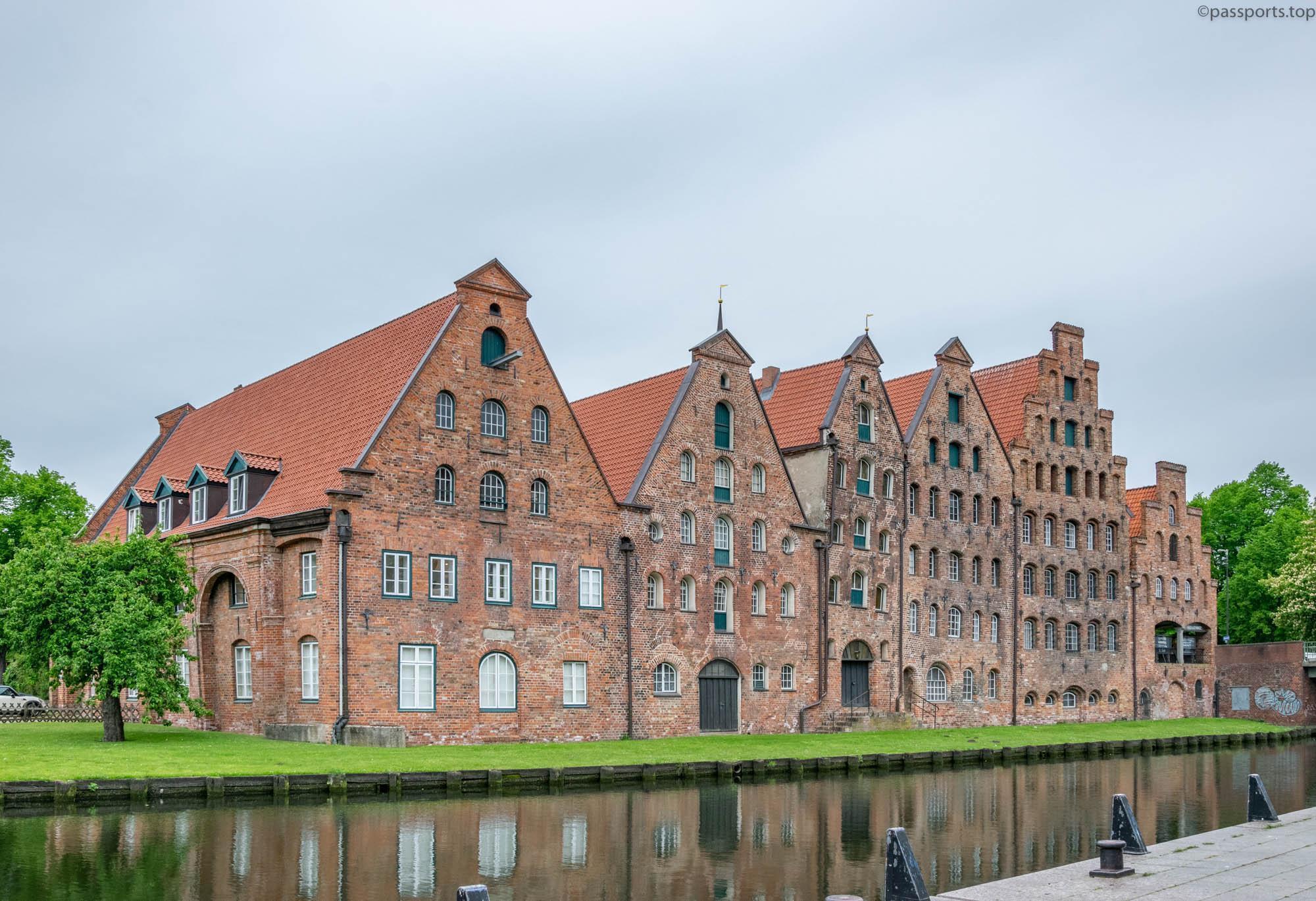
Originally, the buildings were used to store salt brought by boats on the Trave River. This salt was exported from Lübeck throughout Scandinavia as the basis of its wealth at the time. Salt was needed to preserve fish caught in the Baltics, thus enabling the herring trade.
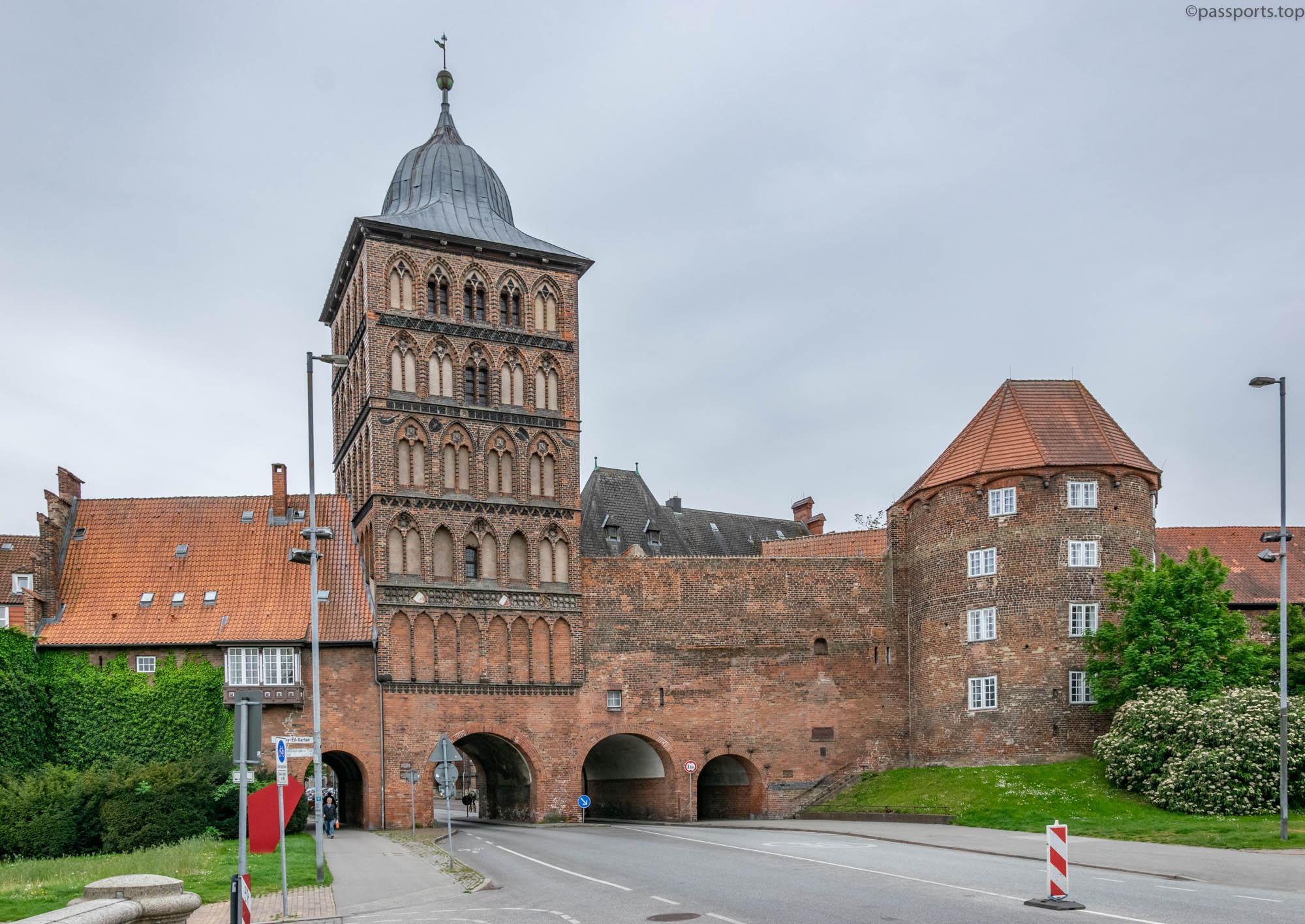
Burgtor is another remnant of medieval fortifications. The gate is next to the Hansemuseum and was built to defend the northern part of the city. It was built in late Gothic style in 1444 and the copper cupola on the main tower was added in 1685.
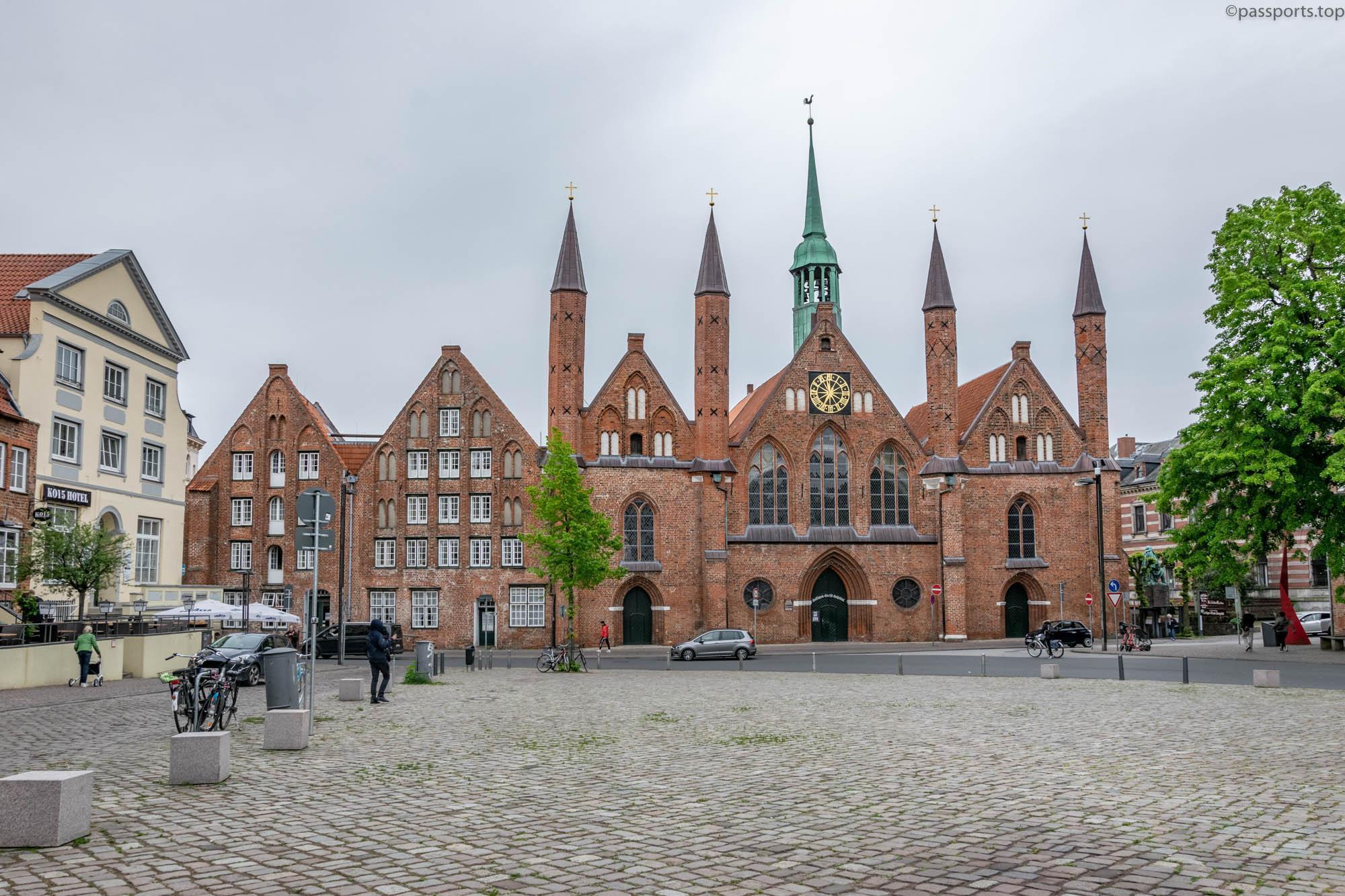
The Heiligen-Geist-Hospital (Heiligen-Geist-Hospital) is located in the Koberg square in the old city center and is one of the oldest social institutions in Europe. It was founded in 1286, taking care of poor, elderly or sick residents. They received food, shelter and a warm bath 8 times a year, with the hospital operating until the 1960s.
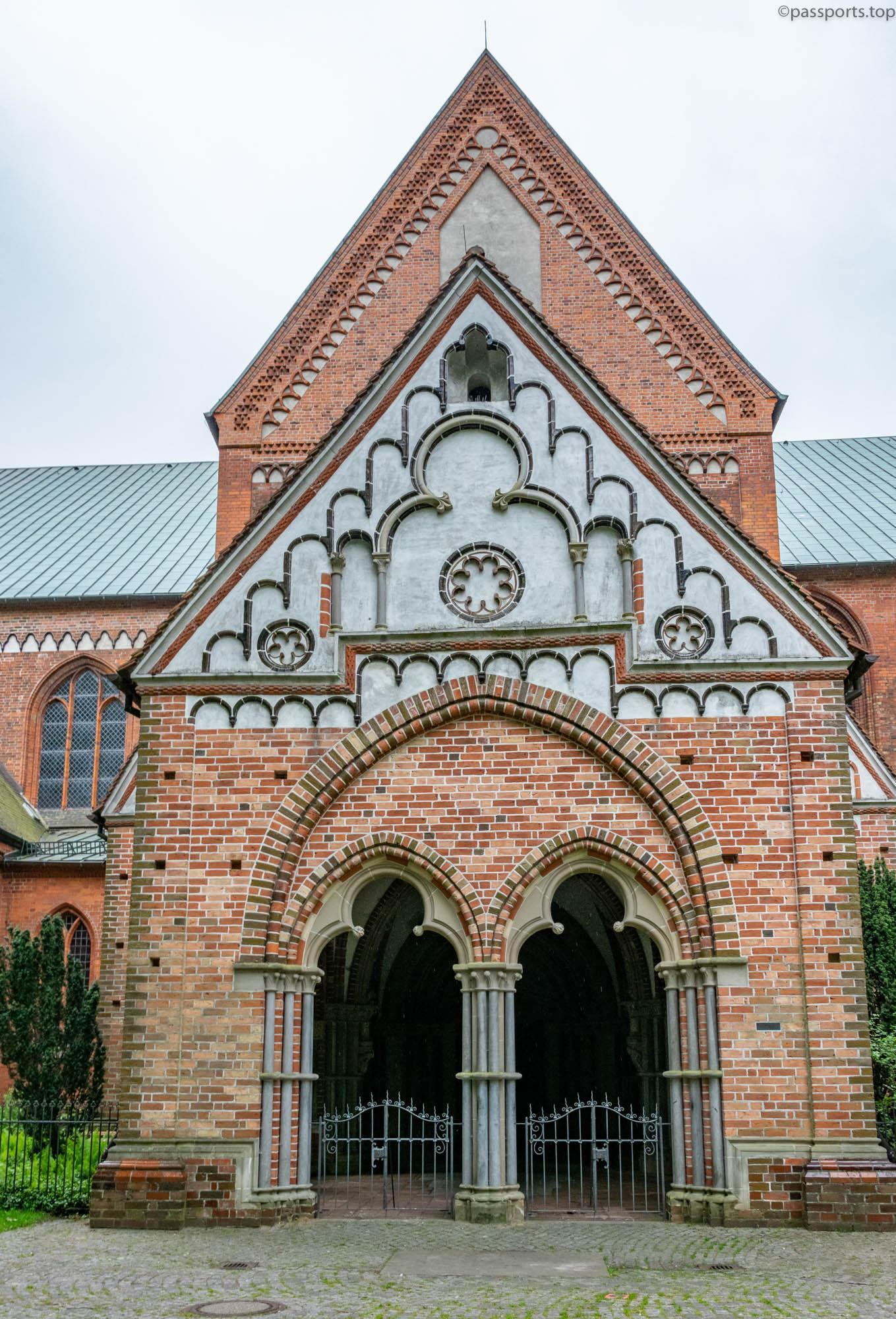
Lübeck Cathedral (Lübecker Dom) dates from the 12th century, being one of the city’s oldest monuments. It was partially destroyed during the Second World War, but was rebuilt by 1982. Inside the church today, significant objects and works of art from the Middle Ages can be found.
From Lübeck we headed to Hamburg.
(Lübeck – May 2020)

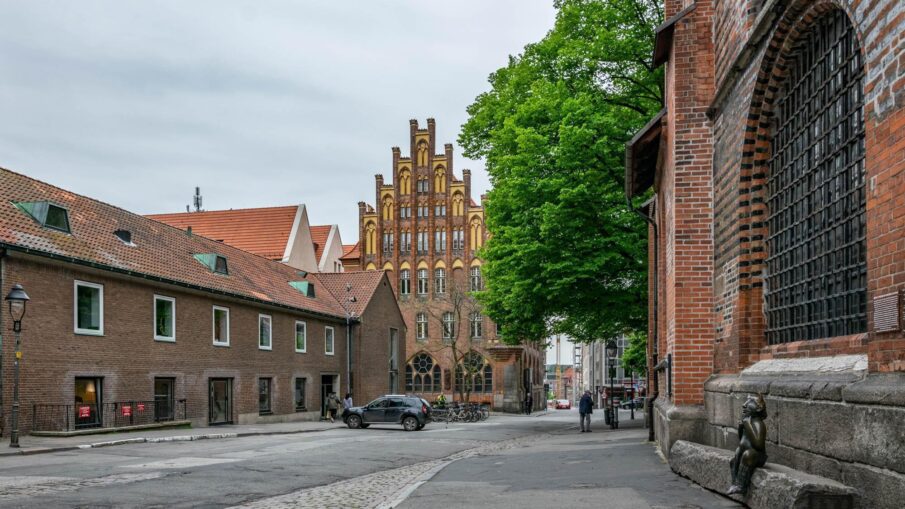


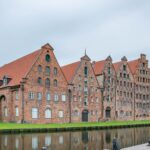
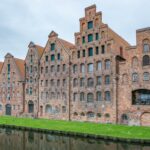

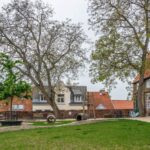

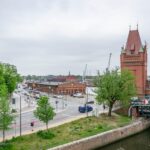
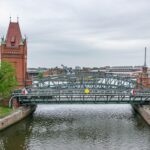



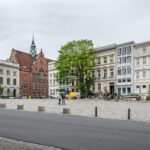



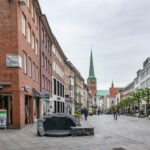
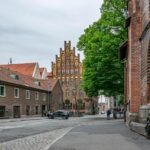

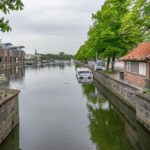
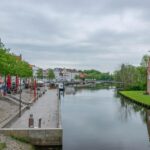


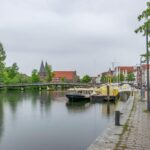


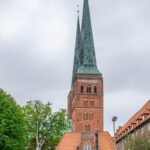



Leave a Reply